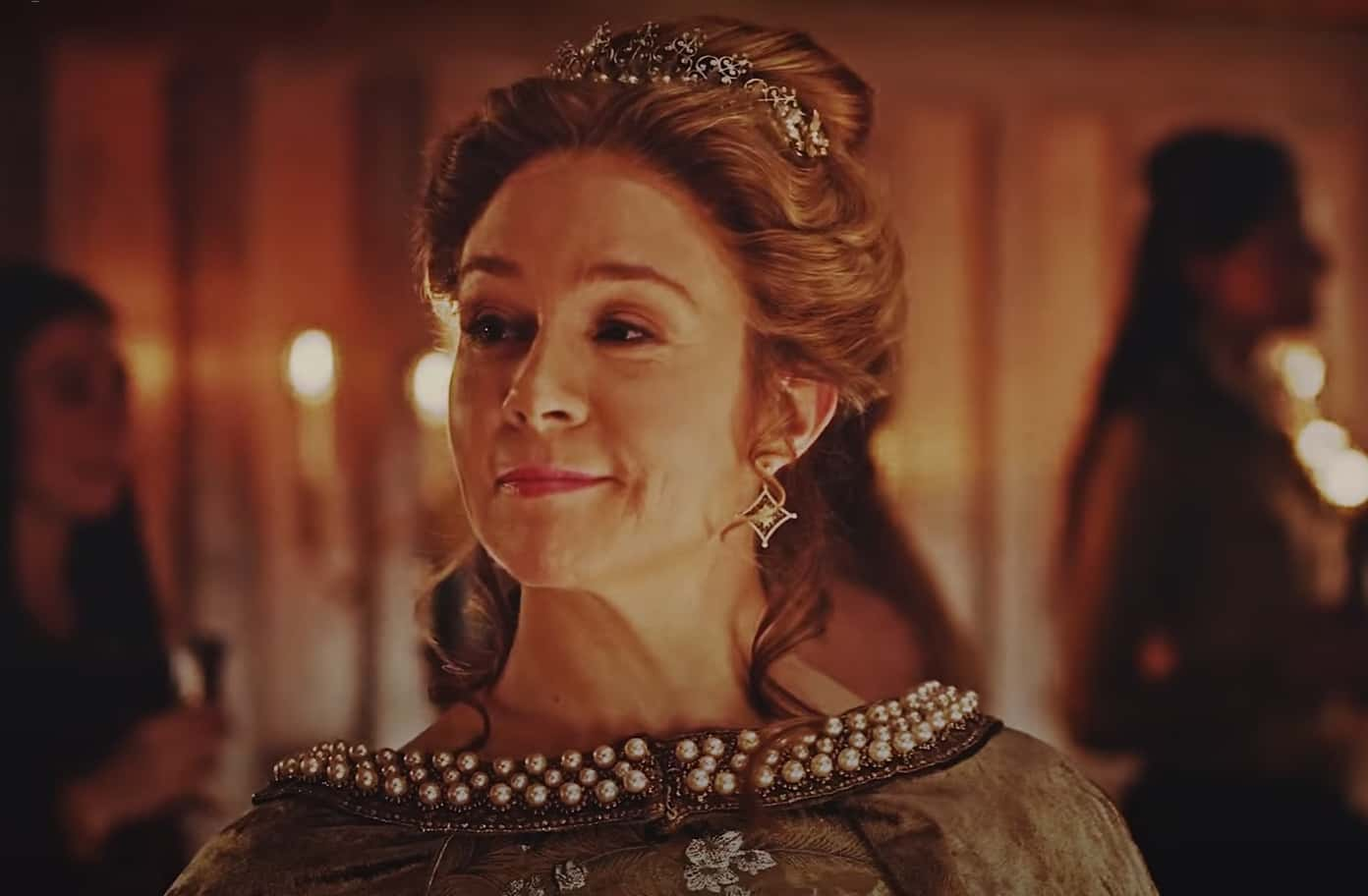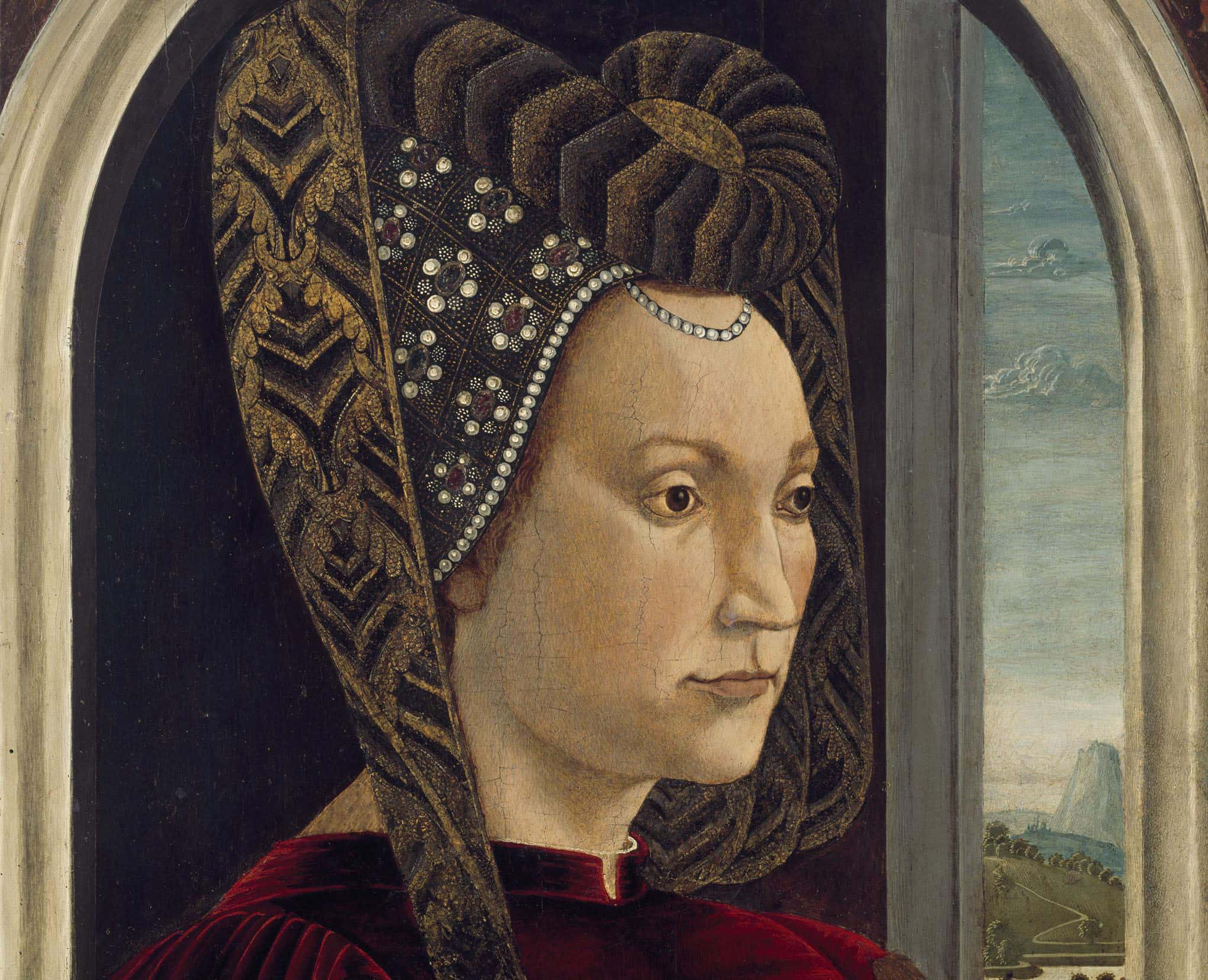“What I have dreamed in an hour is worth more than what you have done in four".—Lorenzo de’ Medici.
The most well-known of the Medici family, which is saying something, Lorenzo de' Medici was a Renaissance man in the very literal sense of the term—he was legitimately one of the people responsible for the golden age of the Renaissance. Living with great influence over the city of Florence during the 15th century, his life marks both the zenith of the Renaissance and the closure of the era, aligning with Christopher Columbus' "discovery" of the "New World".
1. Age Exception
Lorenzo assumed power at the tender age of 20, following his uncle's demise. There was actually an age requirement of 45 years at the time, but the statesman of Florence felt Lorenzo was ready. Moreso, they felt a smooth transition of power was necessary to keep chaos from raining down on the city.

2. Lorenzo The Magnificent
After becoming ruler of Florence, Lorenzo was given the nickname of “Il Magnifico,” or “The Magnificent".
3. Machiavelli Writes
When he was only 19, he won a large jousting competition that was held by his family. His win was the topic of writing by many afterwards, including Niccolo Machiavelli. In true Machiavellian fashion, he wrote that he had won “not by way of favor, but by his own valor and skill in arms". The sarcasm seems to be in the pudding of that one.
4. The Pen Is Mightier
Lorenzo was an artist as well as a patron of the arts. He was a poet who was widely praised for his prose, which dealt directly with the human condition and the fragility of life.
 Medici (2016–2019), Rai Fiction
Medici (2016–2019), Rai Fiction
5. My Favorite Son
Lorenzo had 10 children with his wife Clarice Orsini, however, their most successful child would be not of their own issue. Following the loss of his brother Giuliano, Lorenzo took in his nephew Giulio and raised him as his own. Giulio would go on to become Pope Clement VII.
 Medici (2016–2019), Rai Fiction
Medici (2016–2019), Rai Fiction
6. The Most Unfortunate Of Popes
Though he was distinguished, respectable, and prepared to be Pope, Clement VII, who was Lorenzo's adopted son, has been nicknamed “The most unfortunate of Popes,” as he inherited an unstable Europe, a Christian church dealing with the Protestant Reformation, as well as the emergence of nation-states in the continent.
7. Growing Power
Lorenzo put a lot of effort into his diplomacy skills. He himself went to Naples and served time as a prisoner while negotiating a treaty. Somehow, through this effort, when he arrived back in Florence, he had gained even greater power. Diplomacy pays off, for once.
8. Saved By Ottoman Trade
Lorenzo put his time and energy into keeping peace in the Italian peninsula and keeping France and the Holy Roman Empire out of that land. Because of these efforts, he aligned with Sultan Mehmed II and the Ottoman Empire, which allowed trade to flourish and wealth to be accumulated by the family even as the bank was in decline.
9. Look In The Family
Giuliano may not have had the brains, but he certainly had the brawn, as he was considered the handsome one in the family. He was even used as a model by the famous painter Botticelli. Lorenzo, on the other hand, was known for his squashed nose and...let’s just say "plain" looks.
 Medici (2016–2019), Rai Fiction
Medici (2016–2019), Rai Fiction
10. Marriage Between Money And State
Lorenzo was born into the Medici family right when they had become one of the wealthiest families in Europe. His grandfather, Cosimo de’ Medici, was the Medici who was responsible for bringing the family to new heights, as he was the first person to run the Medici Bank while also leading the Republic of Florence.
11. Motherly Advice
His father was Piero di Cosimo de’ Medici and was the one who brought beauty into Lorenzo’s life, as he was a patron of the arts. His mother, Lucrezia Tornabuoni, was also interested in art, and she herself wrote sonnets and was the friend of many artists. After both his father and uncle ceased to exist, she assumed the role of advisor to Lorenzo while he ascended to power.
12. The Golden Child
Considered to be the child with the most potential, his parents poured their resources into his upbringing. He would grow into a successful poet, lyre player, statesman, athlete, Don Juan, and politician.
 Medici (2016–2019), Rai Fiction
Medici (2016–2019), Rai Fiction
13. Trusting The Youth
Showing great promise from an early age, Lorenzo was sent away on his first diplomatic mission at only 15 years old.
 Medici (2016–2019), Rai Fiction
Medici (2016–2019), Rai Fiction
14. Arranged Marriage
The city-states of Italy were feuding during the era of the Medicis and it was customary for those from Florence to marry within Florence. Lorenzo’s parents had different plans for their promising son, however, and instead arranged for him to marry a Roman woman named Clarice Orsini, in order to create a political alliance.
15. Sold!
Though it was arranged, Lorenzo still had to say yes to the marriage. After his mother went to inspect the bride to be, Lorenzo was convinced by her report that, “We didn’t see her bosom—the women cover it here—but it gave the impression of being well formed". Mother knows best!
 Medici (2016–2019), Rai Fiction
Medici (2016–2019), Rai Fiction
16. Giraffe Surprise
Lorenzo was once gifted a giraffe by the Burji Sultan of Egypt, al-Ashraf Qaitbay, that would cause a frenzy in Florence. Not since the days of the Roman Empire had a giraffe been seen on the Italian peninsula, and the animal was received to great fanfare. It would be immortalized in many paintings, however, it would suffer a broken neck and cease to exist not long after arriving.
17. Wedding Party
Surprise, surprise, Lorenzo de' Medici’s wedding was a massive event! But really, this is no exaggeration. His wedding was held over three long days, featuring five different banquets. Lorenzo knew that his feast should be spread around, and he made sure that food was distributed to the citizenry of the city to make sure that while his family parties, nobody was starving. Good idea, since they consumed more than 300 barrels of alcoholic beverage during the celebration, a peasant revolt would have surely been too much for them to handle.
 Medici (2016–2019), Rai Fiction
Medici (2016–2019), Rai Fiction
18. Bush From Medici
Lorenzo’s great-granddaughter was Catherine de’ Medici, and she would continue the tradition of drawing power to her family by becoming the Queen of France. It was through her that we get George W. Bush, who is a distant relative of the Medici clan.
 Reign (2013–2017), CBS Television Studios
Reign (2013–2017), CBS Television Studios
19. Brains Can’t Fix Everything
Though he was groomed to take over the family business of power, Lorenzo wasn’t able to manage the Medici Bank finances very well. During his rule, the bank would be drained of funds and the Medici assets shrunk considerably.
 Medici (2016–2019), Rai Fiction
Medici (2016–2019), Rai Fiction
20. Tyrant Rule
Lorenzo de' Medici was essentially a despot during his reign of power over Florence. He ruled just as all the men before him did, meaning he threatened, bribed, and arranged marriages in order to maintain dominance. Due to this, the citizens of Florence weren’t able to exercise much political freedom, which in turn led to generations of resentment against the Medici family.
 Medici (2016–2019), Rai Fiction
Medici (2016–2019), Rai Fiction
21. Flourishing Florence
Though he was a major patron of the arts, Lorenzo didn’t commission much work himself. Instead, he used his connections to secure work for the artists he held in high esteem. It was this influence that brought Florence to the heights of cultural power for centuries to come.
22. Living With Mike
For a period of five years, Michelangelo lived with Lorenzo de' Medici and dined at his family table. During this time he studied at the Humanist art academy that Lorenzo had established and funded.
23. Spreading Art
The Sistine Chapel wouldn’t be what it is without Lorenzo de' Medici. In an attempt to mend the fence and secure support from Pope Sixtus IV, Lorenzo sent many of his favorite painters from Florence to Rome to paint the Sistine Chapel.
24. Oh, Brother
Though he wasn’t considered to have the same potential of Lorenzo, his brother Giuliano helped him rise to power. But the brotherly love was doomed early on in Lorenzo's political career. On Easter Sunday 1478, Lorenzo de Medici and his brother Giuliano were subjected to a brutal onslaught in a cathedral during High Mass. Guiliano succumbed to stab wounds inflicted by the Pazzi family, who sought to seize Florence. Lorenzo escaped with his life, miraculously relatively unharmed.
 Medici (2016–2019), Rai Fiction
Medici (2016–2019), Rai Fiction
25. Arch-Nemesis
The Pazzi conspiracy shocked Florence, as it had been approved by the Pope himself, Sixtus IV. Following the confrontation involving the Medici family that ended with Lorenzo's flight, the town turned against the Archbishop of Pisa, Francesco Salviati. Salviati, who was known to have been involved in the strife with Florence, was subsequently lynched in the street.
26. The Conspiracy Thickens
After the failure of the Pazzi conspiracy and the lynching of the archbishop, the church seized the assets of the Medicis. Pope Sixtus IV then excommunicated Lorenzo and interdicted the entire city of Florence. This had minimal impact on Lorenzo's rule, leading the Pope to form an armed association with King Ferdinand I of Naples and proceed to invade Florence.
27. Cell Of Silence
Within his great Palazzo Medici, Lorenzo de Medici owned a 23-by-9.5 foot cell that housed an 8-foot long bed. And historians still don’t know why. A 1492 palace inventory simply refers to the room as “the chamber of the mute woman,” which alludes to what professionals might call, “nothing good". However, palace records also show the cage had everyday use as a storage for Lorenzo’s jousting lances.
The ambiguity of the item listing seems cryptic and potentially even disturbing--but the truth isn't quite as dark. The "Mute Woman" in question was likely a painting, not a real captive person. Lorenzo had commissioned the artist Raphael to paint him a portrait. The resulting work, "La Muta", became one of Lorenzo's most treasured possessions.

























